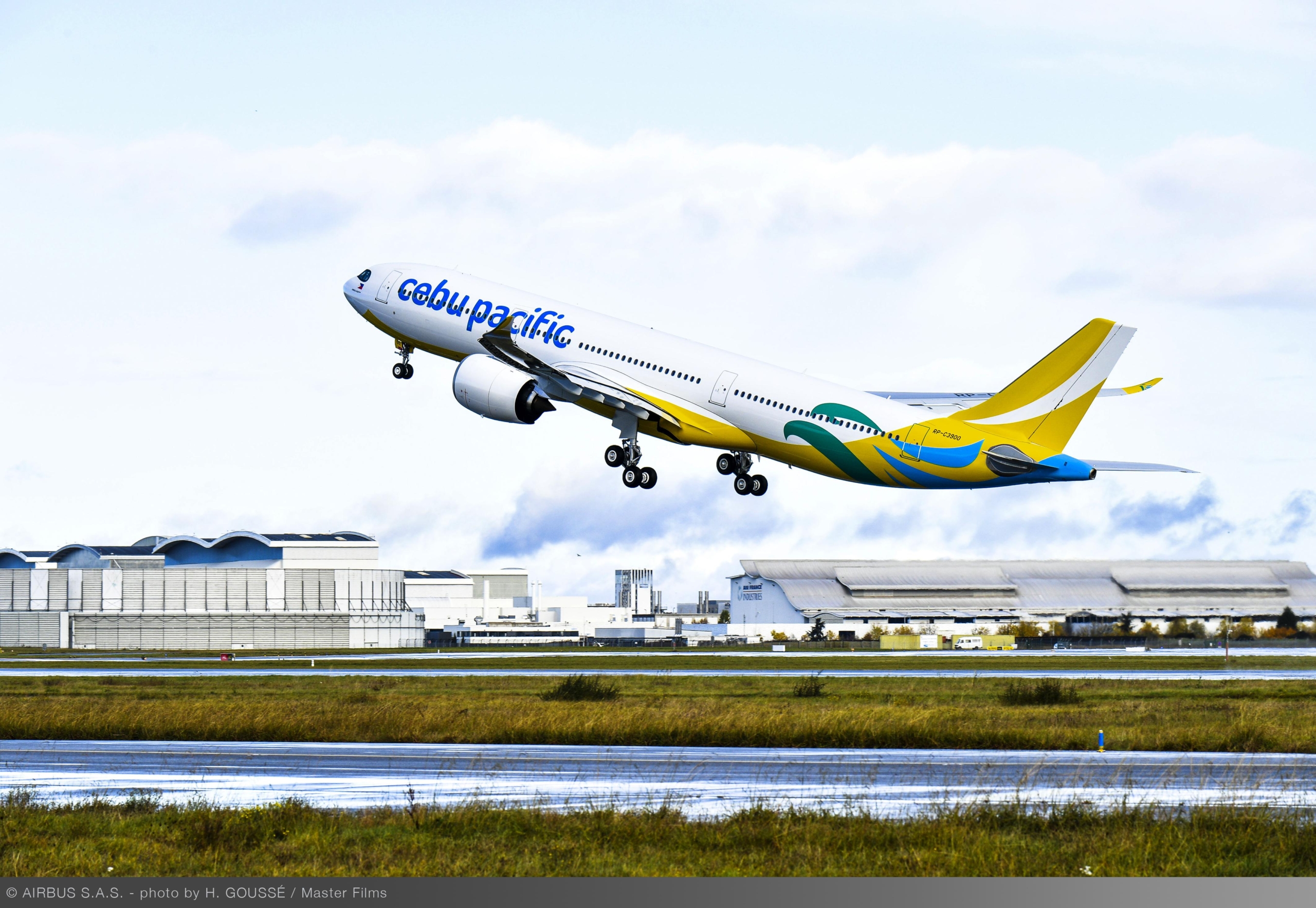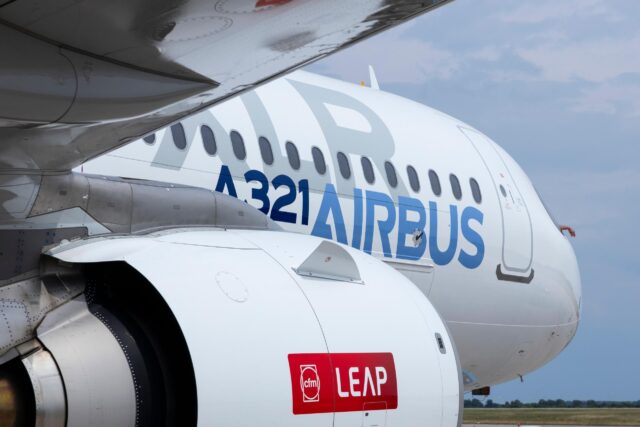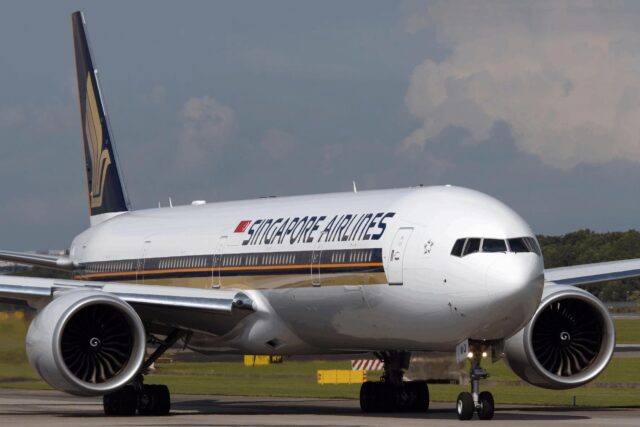Cebu Pacific bounces back: LCC profits surge after P&W engine woes

August 7, 2025

Cebu Pacific has reported an unexpectedly sharp rise in first-half earnings, fuelled by a surge in passenger traffic and helped by a recent engine compensation deal from Pratt and Whitney.
In a filing to the Philippine Stock Exchange, parent company Cebu Air posted a net income of 8.97 billion Philippine pesos (£117m, or $157m) for the January to June period, up 153 percent from 3.55 billion Philippine pesos in the same period last year.
Passenger revenues in the first half of 2025 grew by 8.55 billion Philippine pesos, or 24%, to 44.23 billion Philippine pesos, from 35.68 billion Philippine pesos generated in the same period in 2024.
Cebu Pacific recovery
The strong performance was attributed to a combination of rising travel demand and a compensation package related to Pratt & Whitney engines, which included engines provided free of charge.
Although the airline reported increased revenues in 2024, its net income fell sharply by 68.3% to 2.64 billion Philippine pesos, down from 8.34 billion Philippine pesos in 2023, as escalating costs outpaced the pace of revenue growth.
Cebu Pacific, which pioneered the “low fare, great value” strategy in the Philippines and is now the leading airline in the region, has been badly affected by issues relating to the Pratt & Whitney PW1100G GTF engine, which powers its Airbus A320neo family of aircraft.
In June 2025, the group secured four free-of-charge PW1133G-JM engines from Pratt & Whitney as part of their overall compensation package, as well as support for the mitigation of the ongoing aircraft-on-ground (AOG) issues Cebu’s fleet has been facing.
The airline has a fleet of 99 aircraft, including 22 A320neos and 19 A321neos powered by the affected powerplants.
Last October, Cebu Pacific placed a firm order with Airbus for 70 A321neos, finalising an MoU announced by the airline in July.
Responding to the GTF problem
However, it has been forced to add second-hand A320-200s to its fleet through leasing arrangements to offset capacity shortfalls caused by the GTF groundings.
After enduring severe financial setbacks during the height of the pandemic, the low-cost carrier has returned to sustainable profitability, capitalising on the resurgence in regional and domestic travel demand across Southeast Asia.
The airline has restored most of its pre-pandemic network and continues to expand its fleet to meet growing demand.

Despite facing operational challenges, including aircraft groundings linked to issues with Pratt & Whitney engines, Cebu Pacific has followed a disciplined low-cost model.
The LCC, one of Southeast Asia’s largest budget airlines, has continued to benefit from a post-pandemic rebound in value-for-money regional air travel, with passenger volumes remaining strong through the first half of the year.
For the second quarter of 2025, the airline flew 7 million passengers, up 16% year-on-year, with domestic traffic up 14% to over 5.1 million and international traffic up 23% to 1.8 million
The carrier now operates a route network serving 82 domestic routes and 42 international routes with a total of 3,148 scheduled weekly flights, from five hubs, including: Ninoy Aquino International Airport (NAIA) in Pasay City, Manila; Mactan-Cebu International Airport located in Lapu-Lapu City; Diosdado Macapagal International Airport (DMIA) located in Clark; Davao International Airport located in Mindanao; and Iloilo International Airport located in Iloilo City.
However Cebu Pacific’s Covid recovery has been slowed by a sluggish China market which had been a key driver of traffic in the region but is yet to return to 2019 levels.
‘Sustained demand for air travel’
Cebu Air CEO Michael Szucs said: “These results for the second quarter and first half of 2025 reflect the returns from our strategic investments in fleet and network expansion along with the sustained demand for air travel.
“With the Philippines’ growing economy, favorable demographics and expanding tourism sector, we remain well positioned to drive long term growth in low-cost travel.”
















